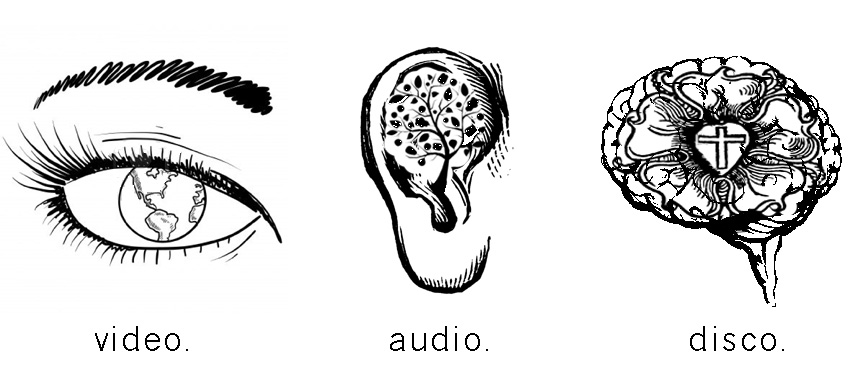
This past weekend I enjoyed the first chapter of my April vacation: Washington DC. It was only my second time to my nation's capitol, my first being in February of this year. I had another wonderful time visiting the extensive network of museums and beautiful parks. On Friday I visited the National Holocaust Museum. Unable to fit this famous site into my last trip I made a point to see it first thing this time around.
I arrived over an hour early Friday morning only to find an already long line extending around the side of the building toward the basin full of cherry trees. I was, however, still part of the first group to enter the exhibit. Upon entering we were herded in a large crowd into an elevator heading to the fourth floor - the museum is set up for viewers to work their way down from the fourth floor. After a short video clip in the elevator the door slid open and we found ourselves confronted with an enormous black and white photograph of one of the many inhumane horrors of the Holocaust.
Two and a half hours later I exited the museum. During those two and a half hours I am not quite sure what happened. It is as if time stopped and then fast-forwarded ahead. I cannot exactly explain the images I saw or the maps I examined or the words I read or the numbers I tallied. To be honest I am not exactly sure if I can grasp the enormity or the absurdity of it all. I am still digesting the entire thing. Still, at this point, the best word I can use to describe my state is "numb."
The one question that remained with me the whole day was "How? How could this happen?" On top of this question was "How could people be so stupid?" and "How could people be so blind?"
What stood out to me the most was the number of people in every photograph. Whether it was an image of Nazis, Jews, victims or perpetrators, there always seemed to be a large number of people. I was taken aback by this. This surely gives support to the claim that human beings will carry out in large groups behavior that they would not individually.
Part of the answer to my question of "How?" is another significant aspect of the exhibit that impacted me. The Holocaust developed so slowly and in such a multifaceted way. What astonished me were the roles that doctors, lawyers, businessmen and many other people played in the Holocaust. The slow and steady discrimination of the Jews was carried out by so many more people than just the Nazis who we typically assume were completely and independently responsible.
At the end of the exhibit is a quote from Martin Niemoller that illustrates the role that neglect played in the Holocaust. The quote states:
First they came for the communists but I did not speak out because I was not a communist.
Then they came for the socialists but I did not speak out because I was not a socialist.
Then they came for the trade unionists but I did not speak out because I was not a trade unionist.
Then they came for the Jews but I did not speak out because I was not a Jew.
Then they came for me and there was no one left to speak out for me.
This quote left me pondering the question: If I am not a part of the solution, am I a part of the problem?
I could write pages concerning what I saw, but I would much rather you visit the museum for yourself and let it move you in a personal way. As for me, I am still attempting to make sense of the insensible, trying to mentally digest the mentally indigestible. My only wish is to understand the complexities of these events enough to disallow anything comparable to occur again.

No comments:
Post a Comment